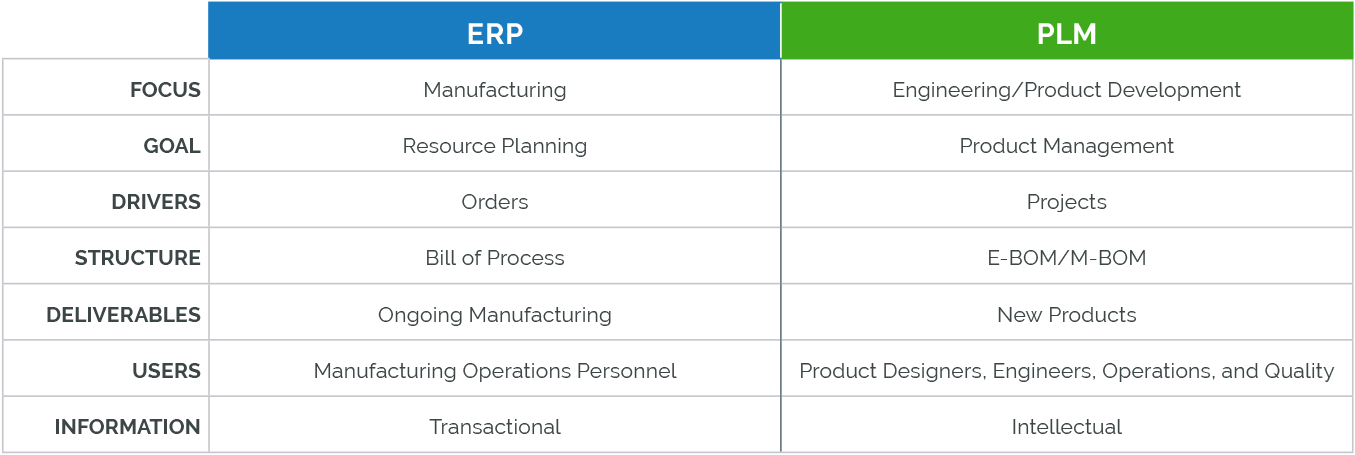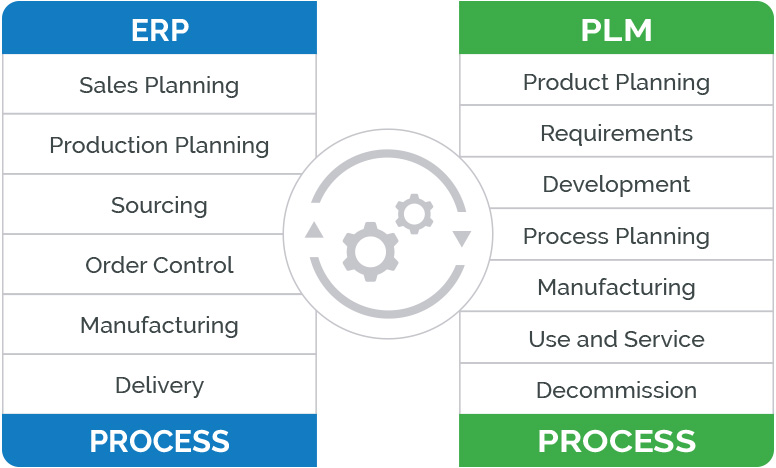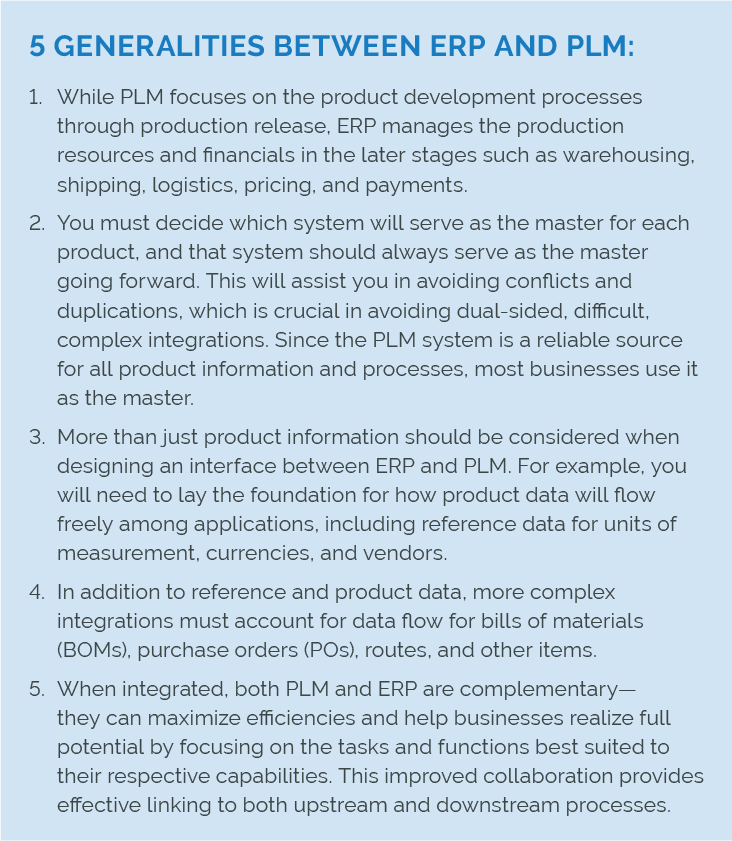4 Key Advantages of ERP and PLM Integration:
1. Increased Efficiency
When your PLM and ERP systems are not integrated, multiple staff are responsible for manually entering and re-entering data and information between the two systems (and fixing errors that inevitably occur during such processes). The processes of updating and transferring information are completely automated when ERP and PLM systems are integrated, removing the risk of manual entry and allowing your staff to focus on more business-critical duties. Also, automation entails near-real-time data transfer, so everyone is current on the present situation and has access to actionable operations-related information.
2. Increased Business Coordination and Collaboration
ERP and PLM integration means that all departments have access to and are working from the same information. Global companies will profit the most from this, as clear communication across many departments is critical for commercial success—subject matter experts (SMEs) will benefit as well (especially if teams are working remotely). Without integration, various departments typically do not have access to one another’s data—or separate systems use incompatible formats—resulting in communication challenges, mistakes, inefficiencies, extra expenditures, and income loss. Integrating ERP with PLM provides everyone with automatically updated information, promoting communication and collaboration between departments and resulting in improved alignment, performance, and productivity.
3. Cost Savings
ERP and PLM integration improves efficiency, which results in immediate cost savings for the company. Because data is transferred automatically between systems, manual intervention is reduced. This supports better resource allocation by eliminating duplicate data entries. This also improves accuracy and guarantees that the two systems are synchronized. Visibility into information in ERP allows engineers to make better design decisions based on cost, lead time, and availability. This improved precision allows businesses to avoid supply shortages that can cause delays in order fulfillment and increase supply chain expenses; it can also help them save money by not carrying excess goods. Additionally, giving manufacturing the latest and most accurate design information ensures they are using the correct version and can save them from costly late-stage scrap and rework. Having all your information visible across design and manufacturing provides an accurate picture of company operations. This allows you to identify areas for business improvement and cost-cutting potential.
4. Higher Customer Satisfaction
The greater productivity, improved collaboration, and error reduction allowed by ERP and PLM integration result in happier, more satisfied customers since you can fulfill their orders faster and more accurately. It also means that as your operations become more automated, your staff will be able to focus more on order fulfillment, customer service, and product enhancement. With better access to company-wide data, you can pay greater attention to pricing strategies, allowing you to make competitive modifications to grow your customer base.













 ERP and PLM systems are complementary systems that can communicate with one another while serving different business requirements.
ERP and PLM systems are complementary systems that can communicate with one another while serving different business requirements. 

 ERP or PLM, Which Comes First?
ERP or PLM, Which Comes First?